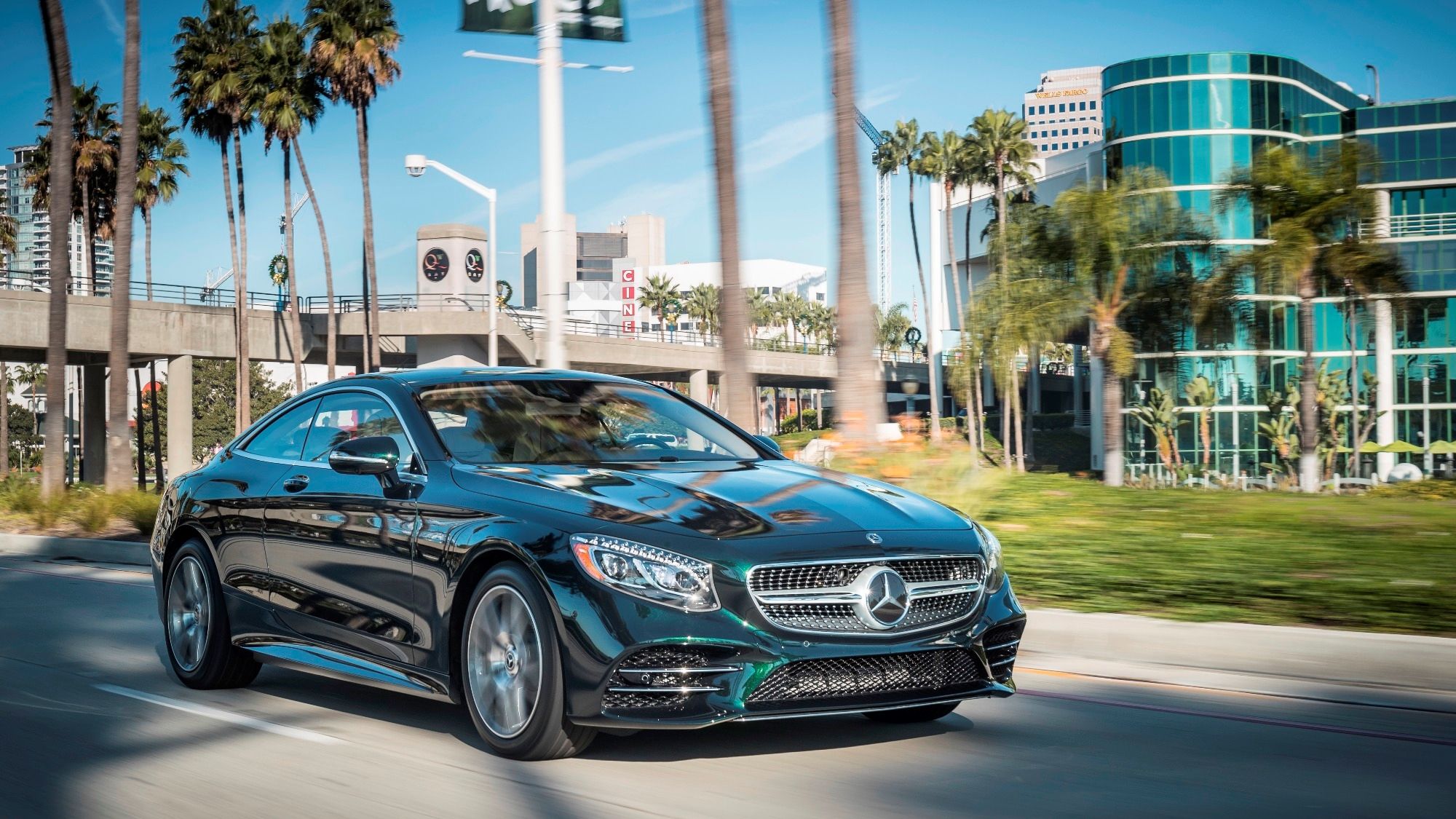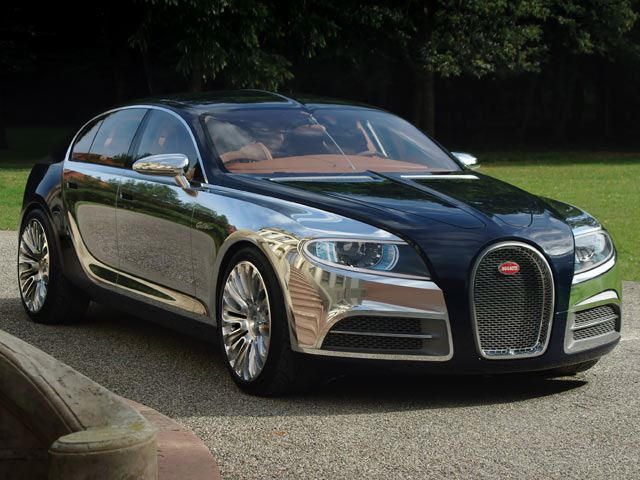
On a rouge day in September of 2009, Bugatti held a highly exclusive invitation-only event to unveil its latest project. By this time, the Veyron had already been in production for four years and engineers had just begun hacking its roof to make the targa Veyron Grand Sport. Instead of another limited edition Veyron, spectators at the event were treated to a four-door surprise in the form of the Bugatti Galibier concept. The saloon looked as incredible in person as it sounded on paper.
When pictures of the car made their way around the world, the billionaires of this planet could be heard opening their wallets. Then tragedy struck. The Galibier was axed in favor of allocating resources to the Chiron's build efforts. After seeing the Veyron's successor in the metal, we can now say that we're glad Bugatti did this, but as the Chiron rolls out of the company's French factory, it's time to rethink the four-door hypercar. The company has been all about breaking barriers, and while this happened with the Veyron, the Chiron doesn't leap forward like its older sibling. The Galibier offers Bugatti another shot to change the automotive world forever by breaking ground on a new untapped segment, the four-door hypercar.
BMW brought the four-door sports car to the masses with the M5, so why shouldn't Bugatti take this idea ten steps further? If Bugatti thinks demand is an issue, it really shouldn't worry. Ferraris may be for the rich and flashy, but there is a reason why the demand for hypercars is present: some people just want something that places a few slots above the "normal" supercar and they're willing to pay the price. Nowadays, caviar aficionados looking for ultra-luxury cars have Bentley, Rolls Royce, and Maybach to consider. The problem is, unlike in the supercar realm, there is no ultra-expensive and highly exclusive top feeder car to delineate the seven-figure earners from the ten-figure mammoths.
The Galibier has the potential to change all of this. Cars like the McLaren F1 lead the hypercar segment for some time, but the reason that Bugatti took things a bit further (aside from top speed) is that the Veyron offered aesthetic value and interior comfort amenities that were unheard of in supercars with world-beating capabilities. With the sort of engineering muscle at Bugatti, we know that they have what it takes to pull off a hypercar that seats four comfortably. The Galibier was initially going to have an 8.0-liter W16 engine that made over 1,000 horsepower and rocketed the sedan to 235 mph. Using the updated engine from the Chiron would net an additional 500 horsepower and ensure that a top speed too fast for anyone to reach could be attained.
Bugatti quality and power, the interior of a Rolls Royce, and looks keen on pushing onlooker jaws into the pavement would make this car a must-have for car collectors with means. Nothing about this car would indicate that practicality was on the minds of its creators. Instead, decadence would be the priority, as it should be. As our automotive community faces the imminent changes brought on by lazy drivers that feed emerging technology as well as increasing environmental consciousness, we need one last triumph of a car to highlight just what we can do. What better way is there to represent our love of cars than a beautiful 1,500 horsepower leather-swathed halo car to crown the entire petrol car genre?

